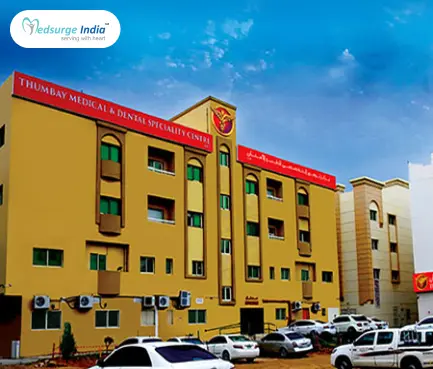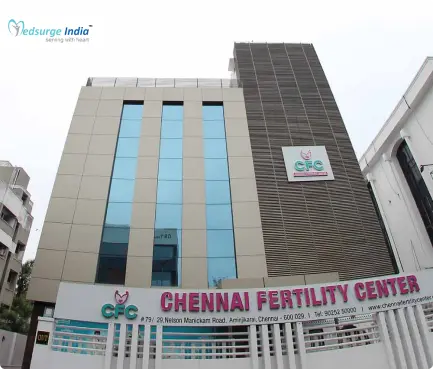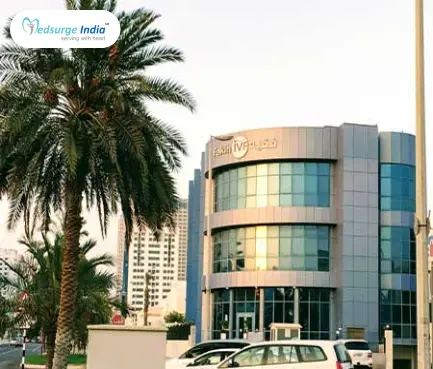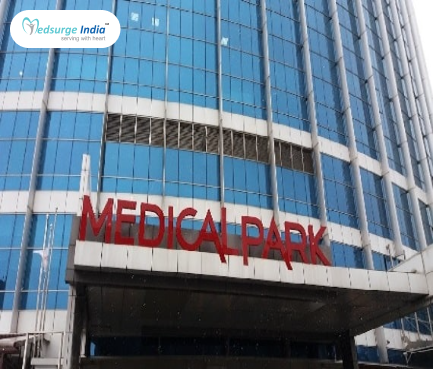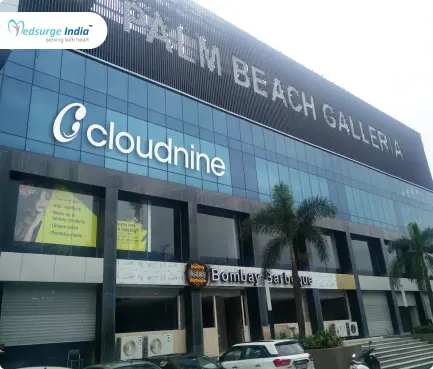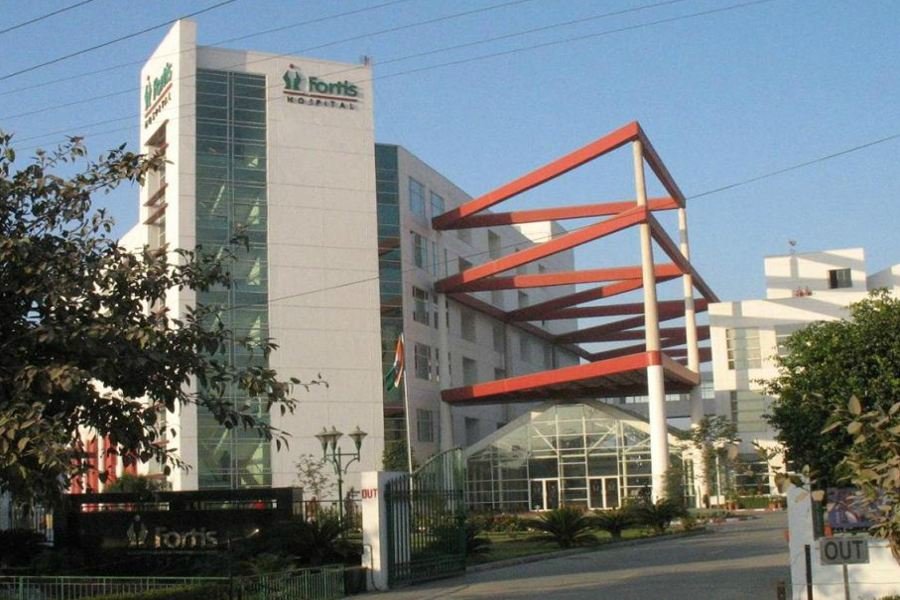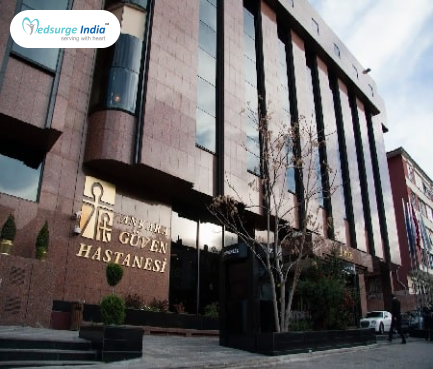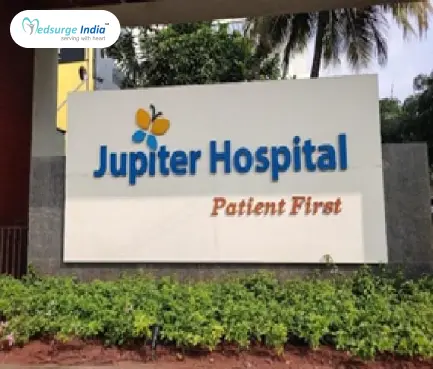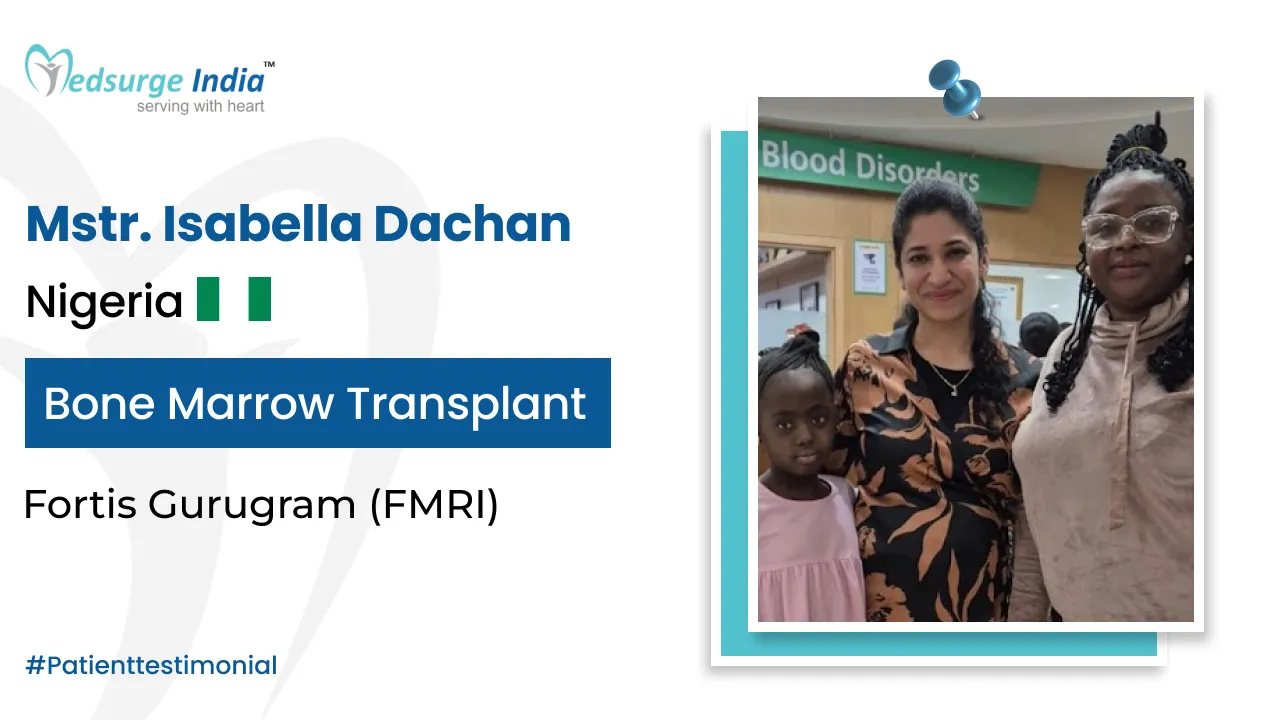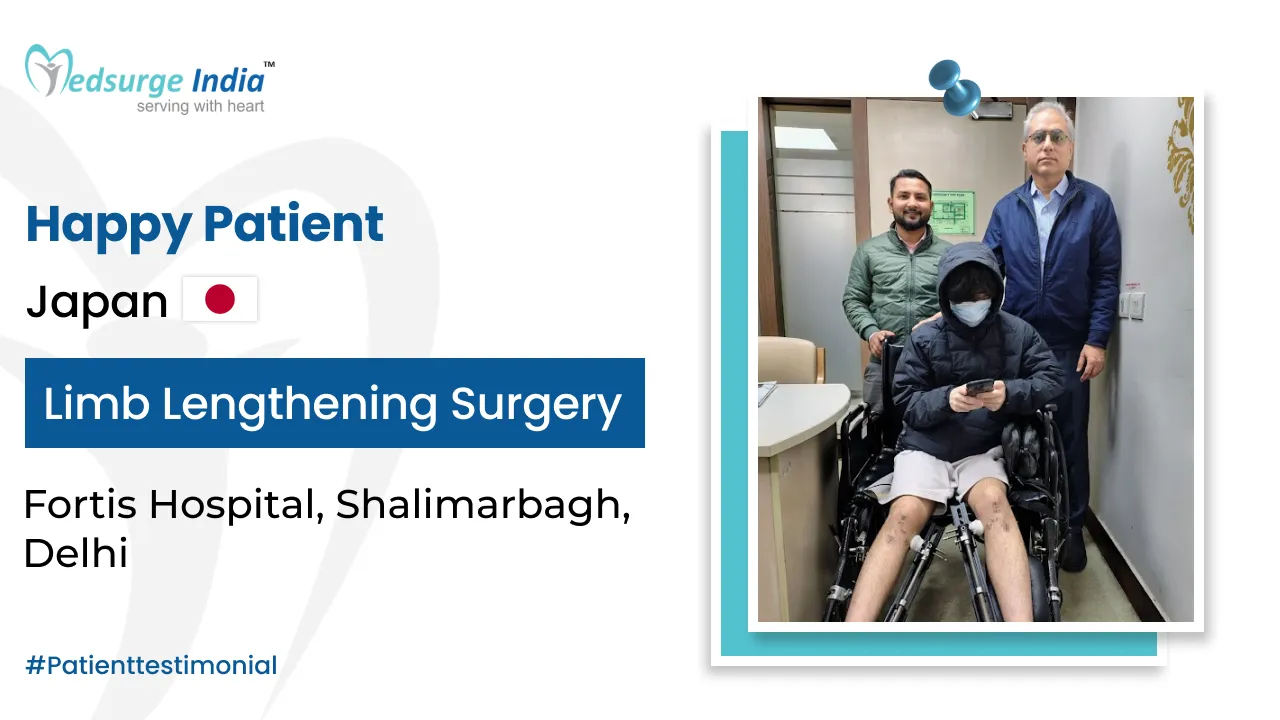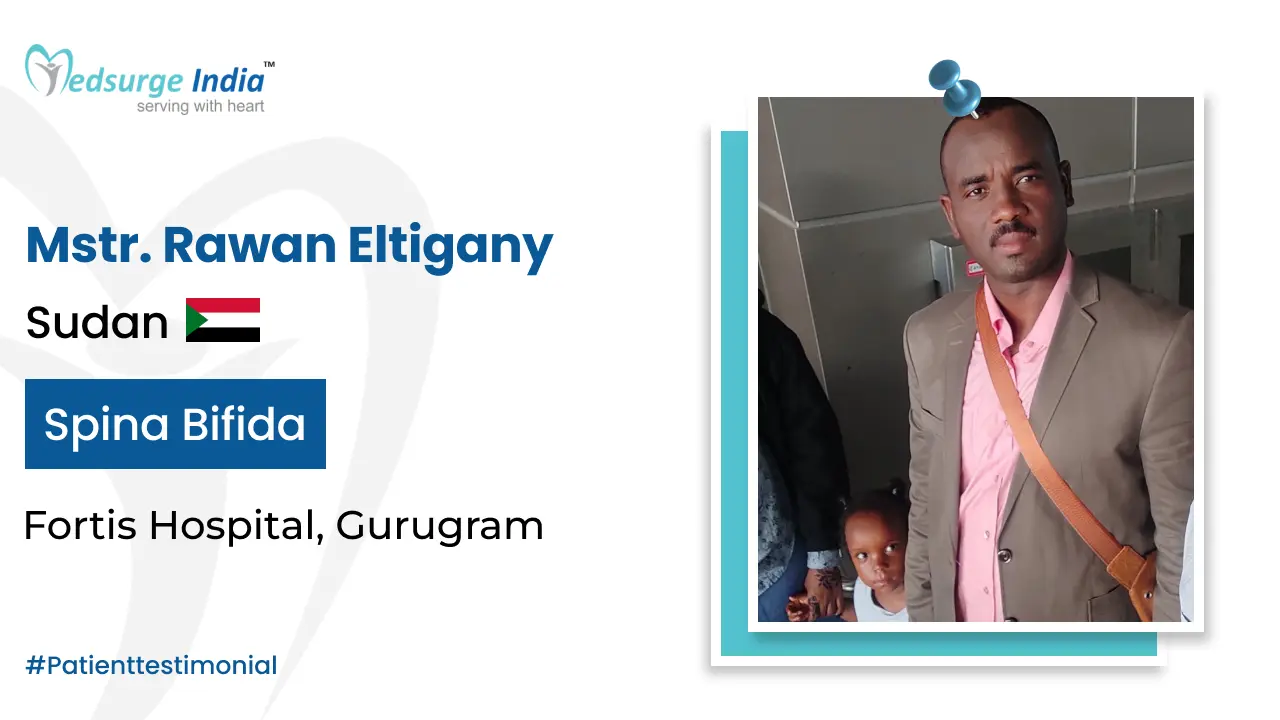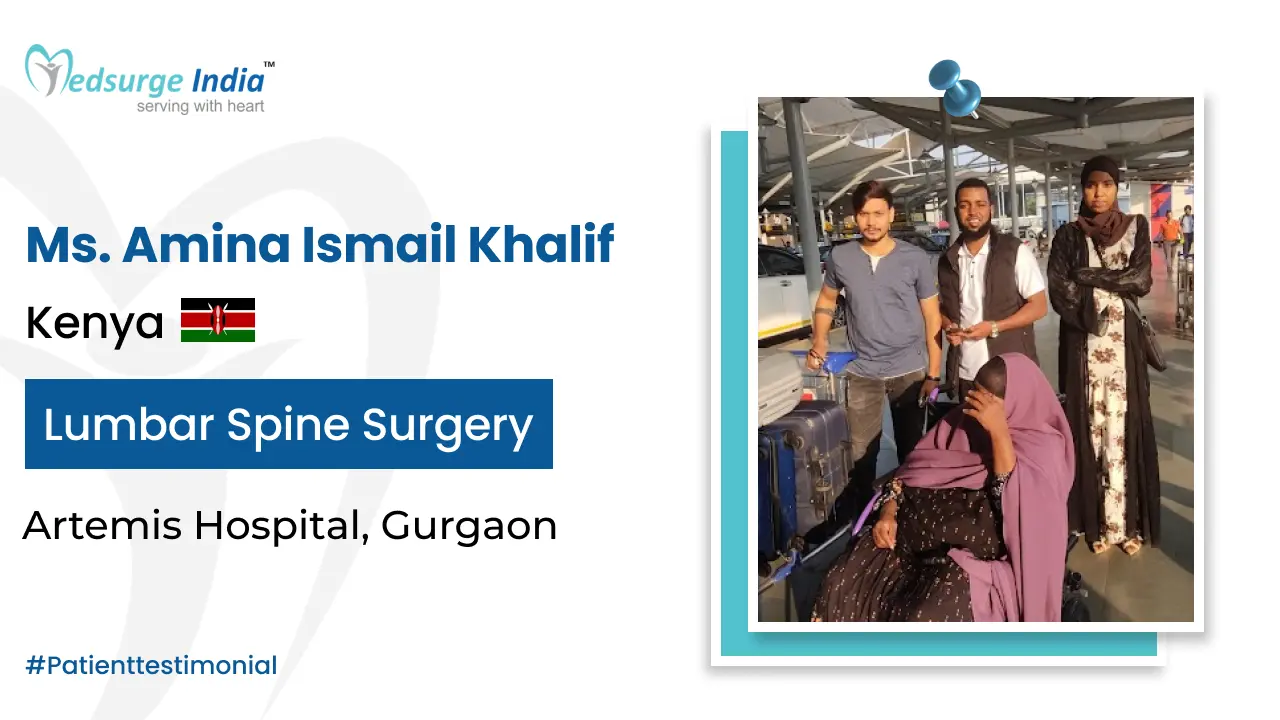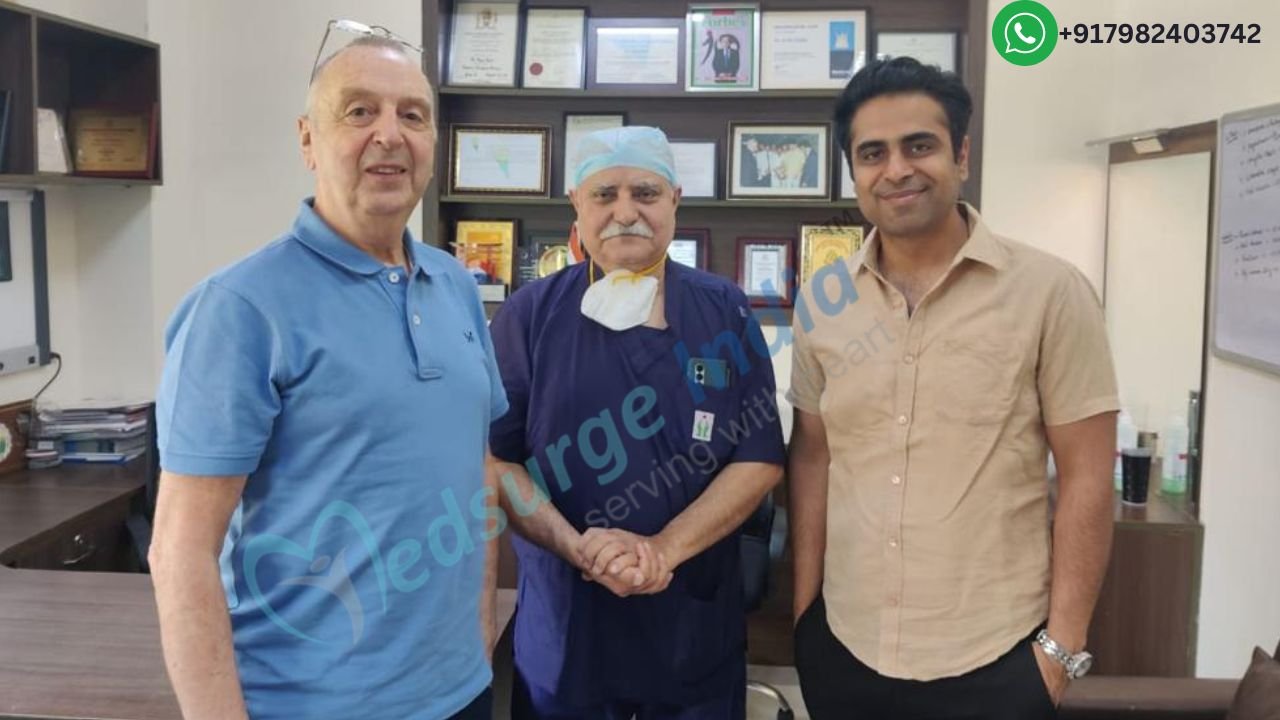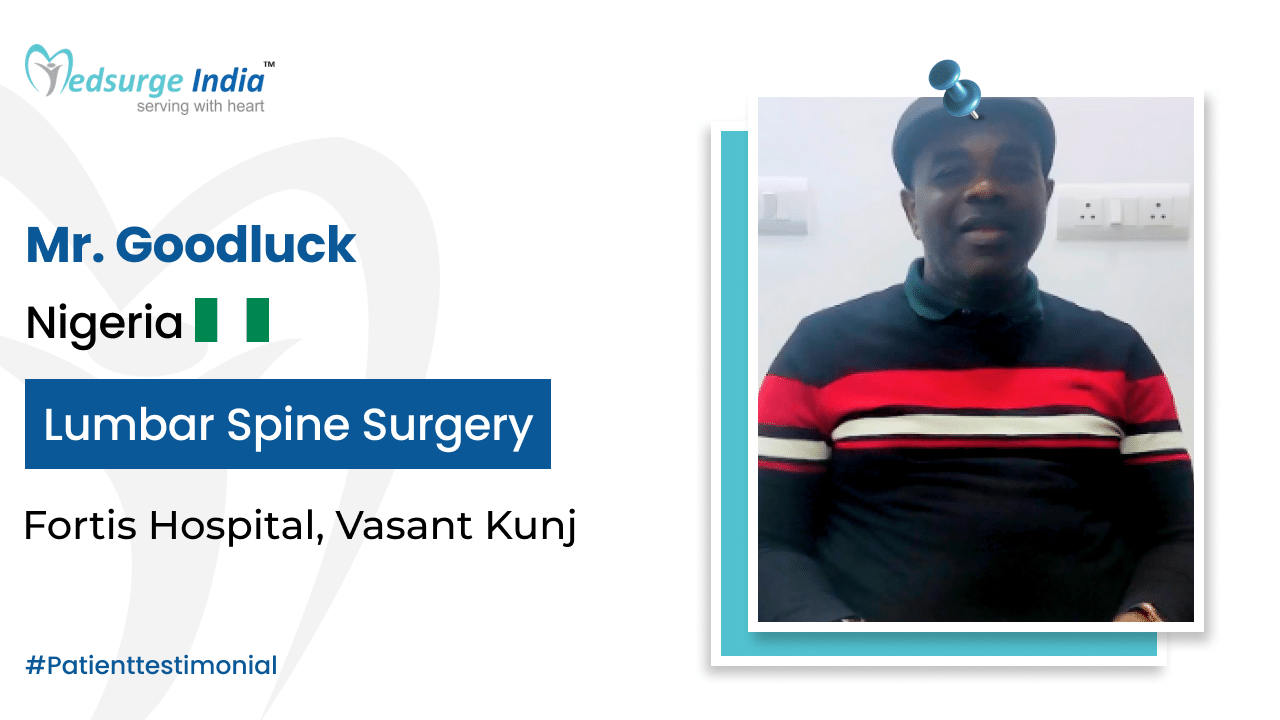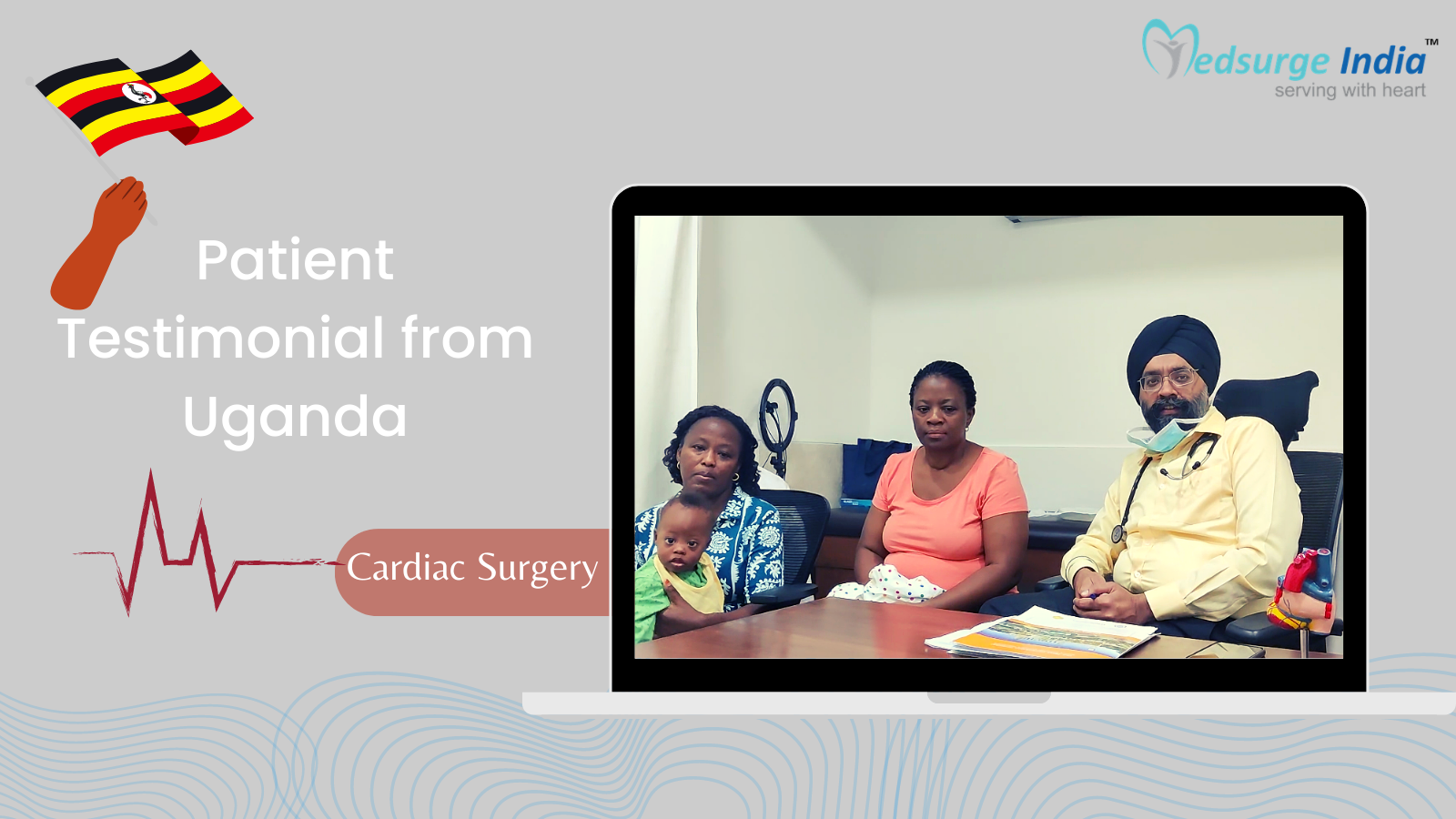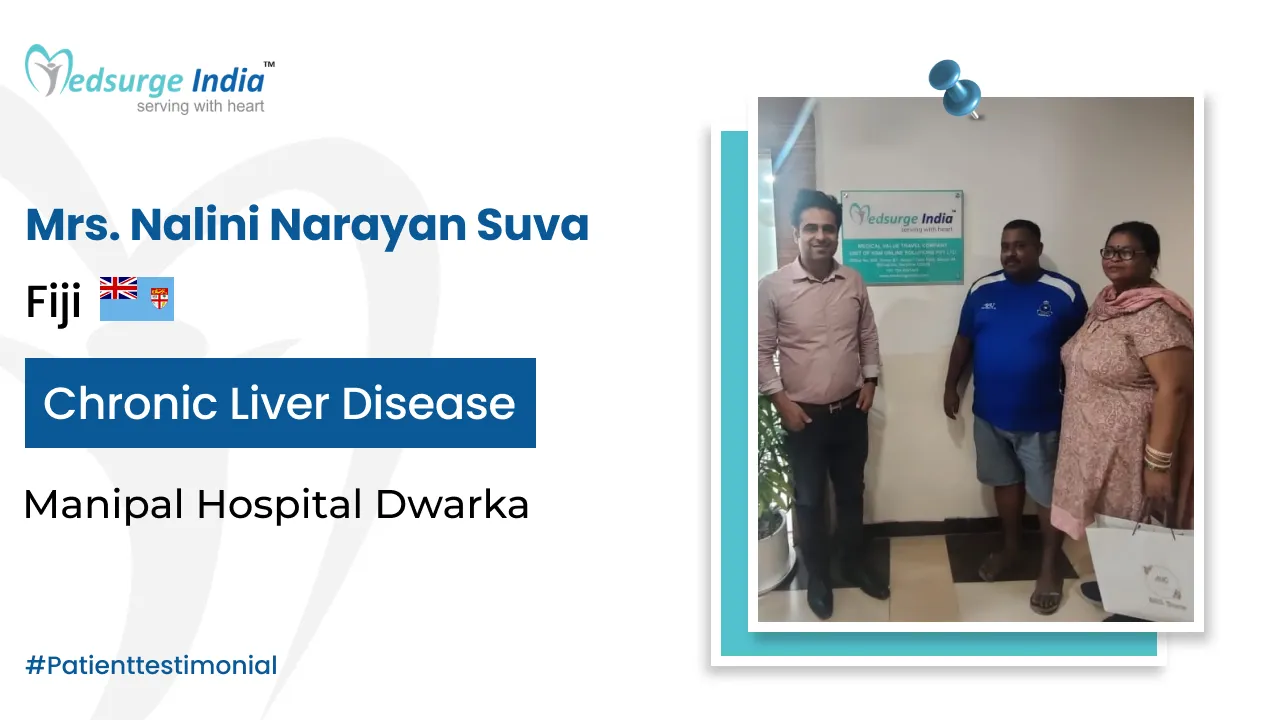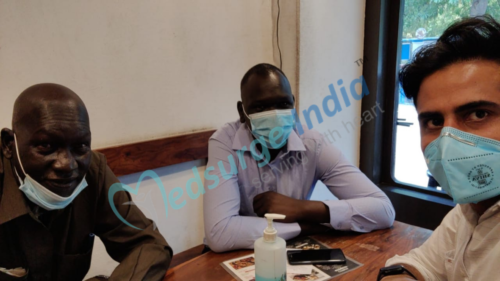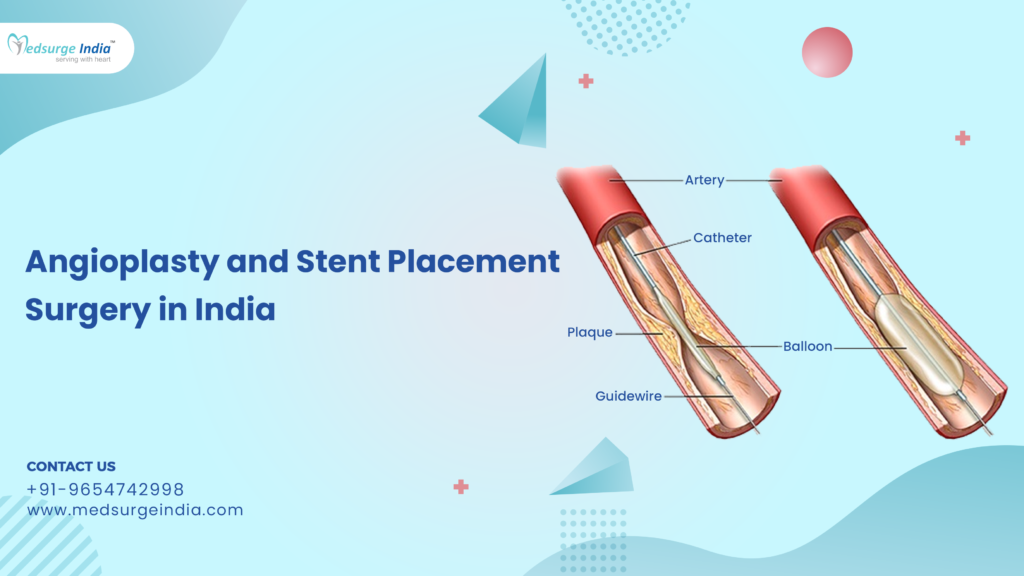
Not everyone is a suitable candidate for angioplasty and stent placement surgery. In certain cases, a surgical procedure known as coronary artery bypass grafting, or CABG for short, may be recommended instead. This procedure, often humorously pronounced as “cabbage,” involves creating a new pathway for blood to bypass a blocked or partially blocked artery in the heart.
When determining the most appropriate treatment option, your care team, which includes a cardiologist and other healthcare professionals, takes into account the extent of your heart disease and your overall health.
Unlike countries such as the United States, the United Kingdom, Germany, and others, the Angioplasty and Stent Placement surgery cost in India is significantly lower, while the quality of healthcare is considerably higher. Those who choose to travel to India for this surgery can access some of the finest facilities, affordable healthcare plans, state-of-the-art medical equipment, and highly skilled medical professionals.
What is Angioplasty and Stent Placement Surgery?
Angioplasty with stent placement is a medical procedure employed to address the accumulation of fats, cholesterol, and other substances within the walls of the arteries, a condition known as atherosclerosis. Atherosclerosis is a prevalent factor contributing to the obstruction of the heart arteries. The constriction or narrowing of these blood vessels is referred to as coronary artery disease.
By enhancing blood circulation to the heart, angioplasty serves to ameliorate the condition. Your medical professionals may suggest this particular treatment if:
- Neither lifestyle modifications nor medication has made heart health better.
- Angina, or chest pain brought on by clogged arteries, is getting worse.
- To treat a heart attack, blood flow must be restored promptly.
Angioplasty and Stent Placement Surgery Cost in India
Angioplasty and Stent Placement Surgery Cost in India starts from 3000USD. The treatment for Angioplasty and Stent Placement Surgery cost in India will depend on various factors such as the location or the hospital you choose.
Average Angioplasty and Stent Placement Surgery in Different Countries in India
| Cities | Starting Prices |
| Delhi | 3500 USD |
| Gurgaon | 3800 USD |
| Noida | 3200 USD |
| Bangalore | 4000 USD |
| Mumbai | 4200 USD |
| Chennai | 4300 USD |
| Hyderabad | 3900 USD |
| Ahmedabad | 3600 USD |
Please keep in mind that the cost and treatment options for Angioplasty and Stent Placement Surgery Cost in India may differ based on the patient’s preferences and other factors.
Factors That Can Affect Angioplasty and Stent Placement Surgery Cost in India
The following here are some variables that can affect Angioplasty and Stent Placement Surgery Cost in India:
- Medication costs.
- Duration of treatment.
- Geographical location.
- Hospitalization expenses.
- Government policies and subsidies.
- Medical tourism packages.
- Hospital reputation and infrastructure.
- The expertise and experience of medical professionals.
- The type and frequency of diagnostic procedures.
- The choice of treatment modality.
Angioplasty and Stent Placement Surgery Cost in India not only provides top-notch medical care and facilities comparable to renowned healthcare institutions globally, but also takes into consideration accommodation, meals, and transportation expenses. Additionally, Medsurge India guarantees that patients will receive the most cost-effective Angioplasty and Stent placement surgery in India under the supervision of highly skilled doctors.
Helpful: Top 10 Heart Hospitals in India
Angioplasty and Stent Placement Surgery in India
For an Angioplasty and Stent Placement Surgery in India. There might not be sufficient time for preparation. On occasion, coronary angioplasty and stent placement are utilized as emergency interventions for a heart attack.
In the case of a nonemergency procedure being scheduled, several measures need to be taken for preparation. A cardiologist, a specialized doctor in heart diseases, will conduct a thorough examination of your condition and review your medical history. Additionally, tests will be conducted to assess your heart health and identify any other underlying conditions that could potentially heighten the risk of complications.
Before the Treatment
Electrodes are attached to your chest to monitor your heartbeat, while also keeping track of your blood pressure. Throughout the procedure, your heart rate, pulse, blood pressure, and oxygen levels are consistently monitored. Additionally, a healthcare team member may remove any hair from the area where a catheter will be inserted.
During The Procedure
During coronary angioplasty and stenting, a healthcare provider will place an IV in your arm or hand and provide medications to help you relax. The level of sedation required depends on your health and the reason for the procedure. Typically, patients are awake during angioplasty, but some may need a combination of medications to induce sleep, known as general anesthesia.
- Fluids and other medications, like blood thinners, are administered through the IV. The area where the catheter is inserted is numbed, and a small incision is made to access the blood vessel. The catheter is then guided to the heart.
- A dye is injected through the catheter to enhance blood vessel visibility on X-ray images. This allows the doctor to identify any blockages in the heart arteries and determine the next steps for the angioplasty.
- Angioplasty involves using a balloon to open up a blocked artery, while a stent is a mesh coil that helps maintain the artery’s openness. Many stents are designed to slowly release medication to prevent the artery from narrowing again.
- During the angioplasty and stenting procedure, catheters and balloons are used to reopen the blocked artery. A catheter with an uninflated balloon is guided to the blockage, where the balloon is inflated to widen the artery. The deflated balloon is then removed, and a stent is placed to support the artery.
- If there are multiple blockages, the process may need to be repeated.
- You may experience some pressure and mild discomfort during the procedure. Your healthcare team will inform you of the expected duration of the procedure, which typically takes several hours for both the procedure and recovery.
After The Procedure
Following coronary angioplasty and stenting, problems should be closely monitored. Inform the hospital staff or the office of your healthcare practitioner right away if you have:
- Breathing difficulties or chest discomfort.
- Fatigue or dizziness.
- Edema or bleeding where the catheter was inserted in the body.
- Discomfort or pain at the catheter site, or beneath it. For Instance, hand pain in the event that the catheter entered an arm blood artery.
- Symptoms of an infection, such as fever, redness, swelling, or discharge.
- A shift in the arm’s or leg’s color or warmth during the treatment.
Helpful: Top Cardiologists in India
How Can Medsurge India Help?
Medsurge India is an esteemed institution that caters to the needs of patients seeking doctors, hospitals, and specialized medical attention. Our dedicated team will furnish you with a comprehensive roster of esteemed physicians and renowned hospitals, all of which are accredited and reputable, and tailored to your specific medical requirements. Moreover, we are adept at devising treatment plans that align with your financial constraints. Additionally, we extend our support to patients in various other matters, such as obtaining travel authorization and medical visas.
Get Free Cost Estimation
The Most Important Frequently Asked Questions
Q: Is Stent Implantation the Same as Angioplasty?
A: An angioplasty is a technique used to unblock blood arteries that are clogged or narrowed and supply the heart with blood. The coronary arteries are the name given to these blood channels. A tiny metal mesh tube that expands inside a coronary artery is called a coronary artery stent. During or right after an angioplasty, a stent is frequently implanted.
Q: Is Angioplasty Considered Major Surgery?
A: Angioplasties are not regarded as major surgeries. The majority of the time, these operations are carried out in a cardiovascular catheterization laboratory, or “cath lab,” under awake or mild sedation.
Q: How Long Does Recovery Take After Stent Placement and Angioplasty?
A: After a week, you should be able to resume your job if your coronary angioplasty was a planned procedure (not an emergency). It could take a few weeks or months to fully recuperate and resume work, though, if you had an emergency angioplasty after a heart attack.
Q: What Degree of Blockage Calls for a Stent?
A: Clinical guidelines state that a 50% blockage does not require stenting and that an artery must be at least 70% blocked before a stent is inserted.


